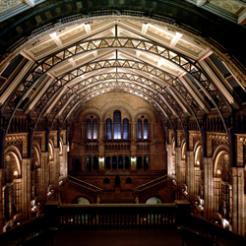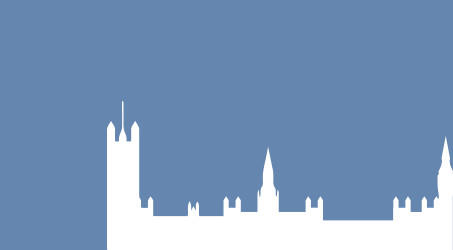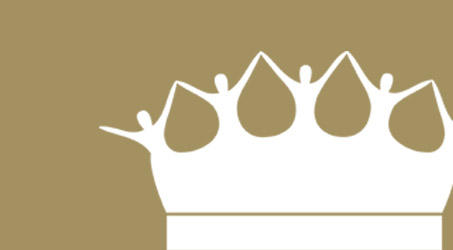Philanthropists Sir Michael and Lady Hintze have given a £5m unrestricted donation to the National History Museum.
The gift, described as “unprecedented” in a statement by the museum, was made through the Hintze Family Charitable Foundation, which was set up in 2005 by Sir Michael, a hedge fund manager and Conservative Party donor, who is worth $1.8bn according to Forbes.
Michael Dixon, director of the museum, said it was renaming the museum’s most prominent public space, the central hall featuring the famous Diplodocus skeleton, as Hintze Hall in honour of their donation.
“We are extremely grateful for this generous donation, which represents a big step towards ambitious plans for our future, for both our science and our galleries,” he said.
The Hintze Hall is the first space visitors enter from Cromwell Road and is the centrepiece of the grade I listed building.
It is being "redeveloped over the next three years to better reflect the museum’s current scientific work and the breadth of collections, as part of wider plans to improve overall visitor experience", the statement said.
A spokeswoman said the donation was unrestricted and would not specifically go to redeveloping the hall, but towards supporting the work of the museum.
Sir Michael Hintze said: “Our gift recognises the museum’s great value as a cultural and scientific institution, enjoyed by millions including ourselves. We feel privileged to be able to make a contribution towards securing this centre of scientific knowledge and research for present and future generations.”
Sajid Javid, the culture secretary, said: “This donation is extraordinary not simply in terms of its scale, but also as a truly magnificent example of philanthropic investment. It will have a real and lasting impact on the Natural History Museum and, alongside government support, will enable them to plan for the future with confidence."
The Hintze Family Charitable Foundation has funded almost 200 organisations since its launch, including the University of Oxford Centre for Astrophysical Surveys, the sculpture and medieval and renaissance galleries at the V&A Museum, and Trinity Hospice.
According to its latest accounts filed with the Charity Commission, the foundation spent £4.7m in the year to 31 December 2012.









